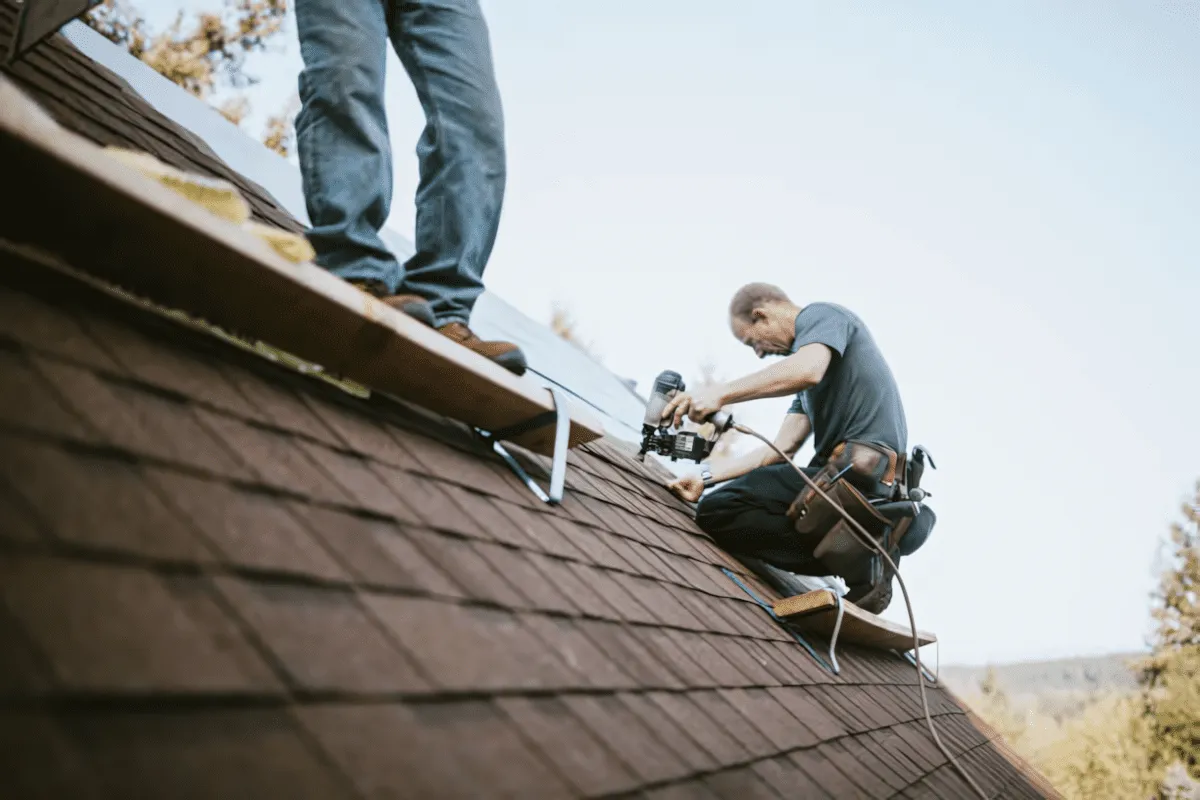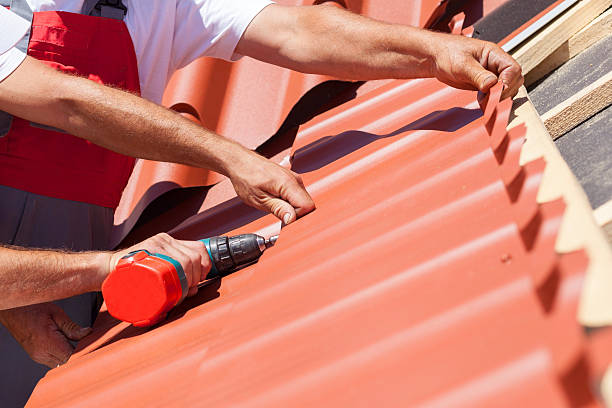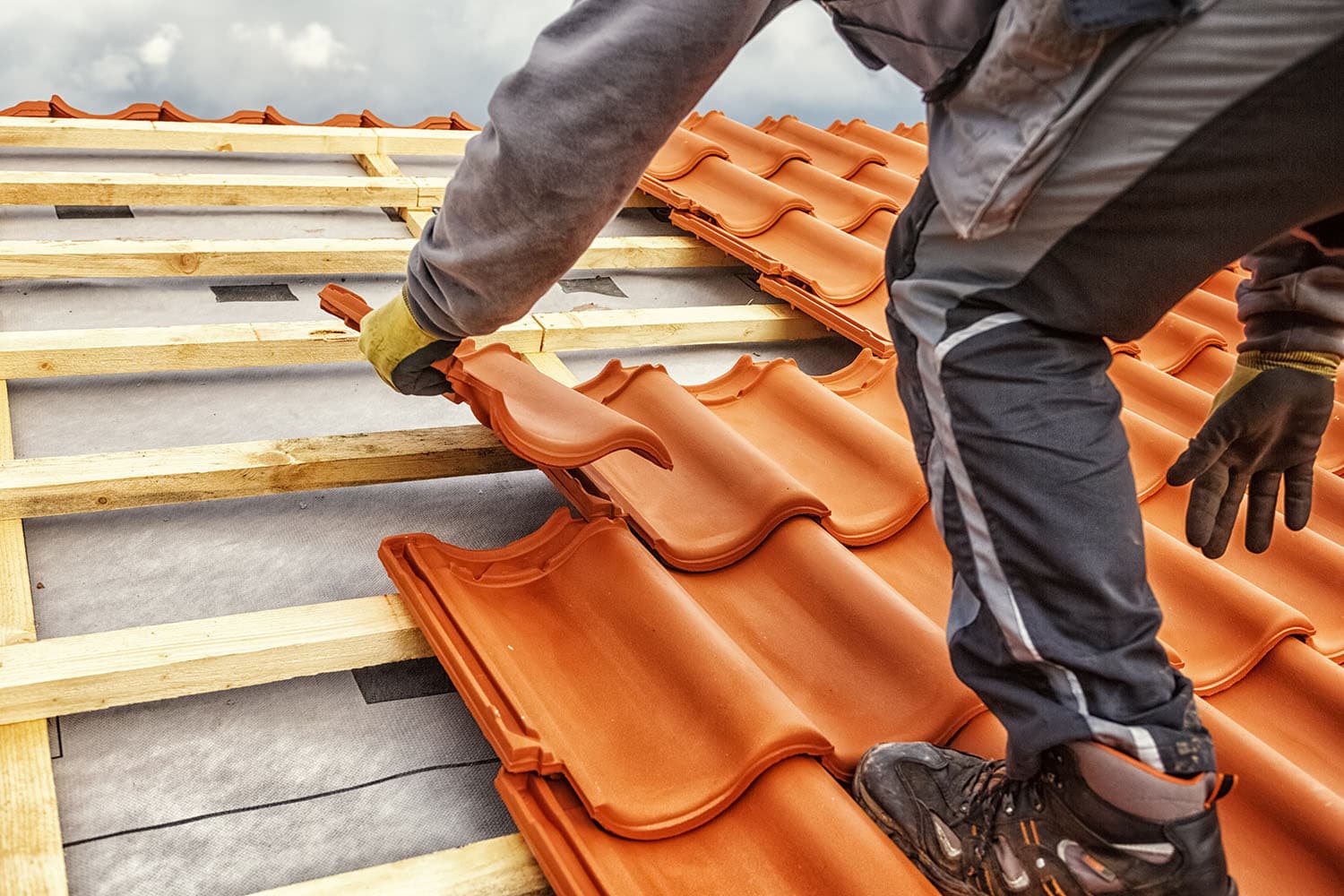How to Assess Various Roofing Alternatives for Your Structure Demands
Examining roof options for your structure calls for a detailed method that considers various variables such as the meant use of the framework, regional climate problems, and material qualities - Roofer. It is crucial to consider the benefits and drawbacks of various roof covering kinds, from asphalt tiles to metal and clay floor tiles, while also factoring in initial prices and lasting maintenance.
Evaluating Your Structure's Requirements
To effectively examine roofing choices, begin by completely assessing your structure's requirements. Begin by considering the structure's intended use, as various frameworks may require differing roofing specs. For instance, residential roofs frequently focus on aesthetics and insulation, while industrial buildings might concentrate on durability and load-bearing ability.
Following, assess the local climate problems that will certainly influence roof covering performance. Elements such as temperature variations, precipitation degrees, and wind patterns can affect material choice and layout. A roof covering system that masters a warm climate might not do also in areas vulnerable to heavy snowfall or extreme warmth.
Furthermore, assess the structural stability of your structure. Make certain that the existing framework can sustain the picked roofing materials, particularly if thinking about much heavier alternatives. It is additionally vital to examine any neighborhood building regulations or laws that may determine particular needs for roof systems.

Comparing Roof Covering Materials
As soon as a thorough assessment of your building's needs has actually been finished, the following action involves contrasting numerous roof covering materials. Each material provides distinct advantages and disadvantages, making it important to straighten your option with your certain requirements and situations.
Asphalt roof shingles are widely recognized for their affordability and ease of installation, making them a preferred alternative for property buildings. On the other hand, metal roof, understood for its resilience and long life, can stand up to severe climate condition yet may come with a greater initial financial investment.
Clay and concrete ceramic tiles offer outstanding thermal insulation and aesthetic charm, particularly for Mediterranean-style style, yet they need a more durable structural support as a result of their weight. Wood drinks offer a natural appearance and good insulation homes but might demand extra maintenance and are at risk to fire dangers.
Assessing Cost and Spending Plan
Examining your roof choices necessitates a mindful assessment of price and budget plan considerations. The total allocate a roof covering job comprises numerous aspects, including product expenses, labor expenditures, maintenance, and possible lasting savings. It is crucial to establish a clear budget plan before discovering specific roof materials, as this will lead the decision-making procedure and aid you stay clear of overspending.
Begin by acquiring quotes from numerous professionals to understand labor costs in your region. Make sure that these price quotes consist of all required services, such as removal of the old roofing, installment, and any kind of additional features, like insulation or ventilation enhancements - Toledo Roofer. Next off, assess the price of numerous roofing materials, taking right into account both preliminary installment article expenses and anticipated life expectancy

Understanding Energy Performance
Power efficiency plays a vital duty in the selection of roofing materials and systems, substantially influencing both power consumption and overall comfort within a structure. An appropriate roof can boost thermal efficiency, lowering the need for heating and cooling down systems, which subsequently decreases energy bills and reduces environmental effect.
When examining roof covering alternatives, consider products that mirror as opposed to soak up warmth. Light or reflective roof items can significantly reduce roof covering surface area temperatures, bring about lower power use during warm months. Additionally, proper insulation and ventilation are necessary to maximize the energy effectiveness of the entire roof covering system. Insulation protects against warmth transfer, while ventilation reduces warmth build-up in the attic space.
Another crucial element is the roofing system's long life and upkeep demands. Resilient products that call for less constant substitute add to lasting energy financial savings. In addition, the energy performance of a roof system can also be analyzed with its conformity with well established sustainability ratings such as power STAR or LEED.
Considering Aesthetic Appeal
A roofing's visual allure substantially influences the general look of a building, matching its building style and improving curb charm. Sylvania Roofing Contractor. When examining roof covering options, it is important to consider exactly how the picked material, color, and style will certainly integrate additional resources with the existing structure and community. A properly designed roof covering can elevate even the easiest of structures, changing them right into visual centerpieces
Various roof materials supply different visual qualities. Traditional shingles may evoke a traditional appeal, while metal roof can give a modern, sleek appearance. Furthermore, the color of the roof covering product plays a critical role; lighter shades can make a structure show up more spacious, while darker tones may produce a cozier setting.
Additionally, building elements, such as dormers and eaves, can boost the roofing's visual effect. It is a good idea to speak with expert developers or engineers to make sure the chosen roofing alternative straightens with the total design intent. Eventually, a roofing must not just supply practical benefits yet likewise add positively to the building's aesthetic, informative post showing the owner's taste and the personality of the surrounding environment.
Verdict
